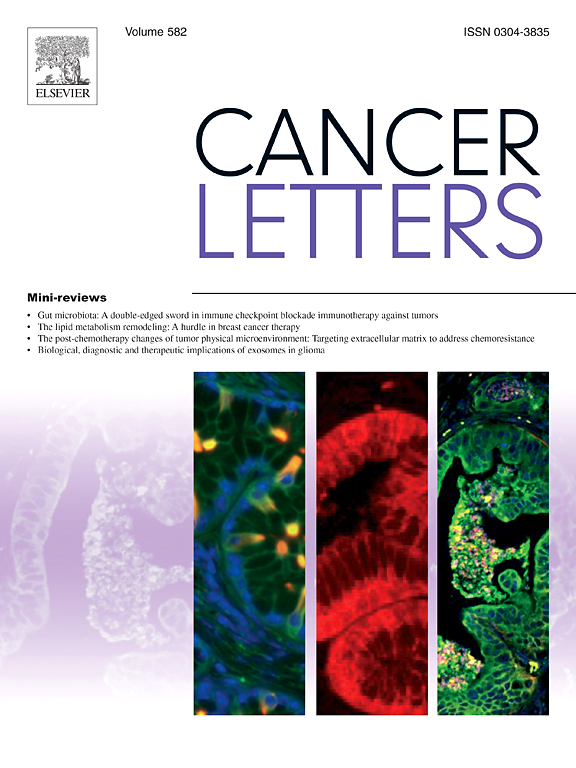Temporal myc dynamics permit mitotic bypass, promoting polyploid phenotypes
IF 9.1
1区 医学
Q1 ONCOLOGY
引用次数: 0
Abstract
High Myc phenotypes are extensively documented in the hyperproliferative cell cycle of cancer cells, as well as non-proliferative endoreplication cycles engaged during normal development and stress response. Notably, endoreplication in cancer produces chemotherapy resistant polyploid cells, necessitating a clearer understanding of altered cell cycle regulation that uncouples DNA replication and mitotic cell division. The c-Myc oncogene is a well-established transcriptional regulator of cell cycle progression and has been extensively published as an essential driver of the G1/S transition. Beyond S phase, Myc transcriptionally activates the proteins that drive mitotic entry. Sustained activation of Myc through the cell cycle transcriptionally couples DNA replication and mitotic cell division. Based on the literature in this field, we propose a new model of temporal regulation of Myc activity that serves to either couple or uncouple these two processes, determining cell cycle fate – proliferation or polyploidy. The mitotic cell cycle requires two pulses of Myc activity – the first driving the G1/S transition and the second driving the G2/M transition. During mitosis, Myc activity must be silenced to achieve high-fidelity division. Absence of the second activity pulse during G2 results in the downregulation of the proteins essential for mitotic entry and permits premature activation of APC/C, inducing mitotic bypass. A subsequent rise of Myc activity following mitotic bypass permits genome re-replication, driving polyploid phenotypes. This model serves to provide a new level of understanding to the global regulation of S phase-mitosis coupling, as well as a new lens to view low Myc phenotypes.
求助全文
约1分钟内获得全文
求助全文
来源期刊

Cancer letters
医学-肿瘤学
CiteScore
17.70
自引率
2.10%
发文量
427
审稿时长
15 days
期刊介绍:
Cancer Letters is a reputable international journal that serves as a platform for significant and original contributions in cancer research. The journal welcomes both full-length articles and Mini Reviews in the wide-ranging field of basic and translational oncology. Furthermore, it frequently presents Special Issues that shed light on current and topical areas in cancer research.
Cancer Letters is highly interested in various fundamental aspects that can cater to a diverse readership. These areas include the molecular genetics and cell biology of cancer, radiation biology, molecular pathology, hormones and cancer, viral oncology, metastasis, and chemoprevention. The journal actively focuses on experimental therapeutics, particularly the advancement of targeted therapies for personalized cancer medicine, such as metronomic chemotherapy.
By publishing groundbreaking research and promoting advancements in cancer treatments, Cancer Letters aims to actively contribute to the fight against cancer and the improvement of patient outcomes.
 求助内容:
求助内容: 应助结果提醒方式:
应助结果提醒方式:


